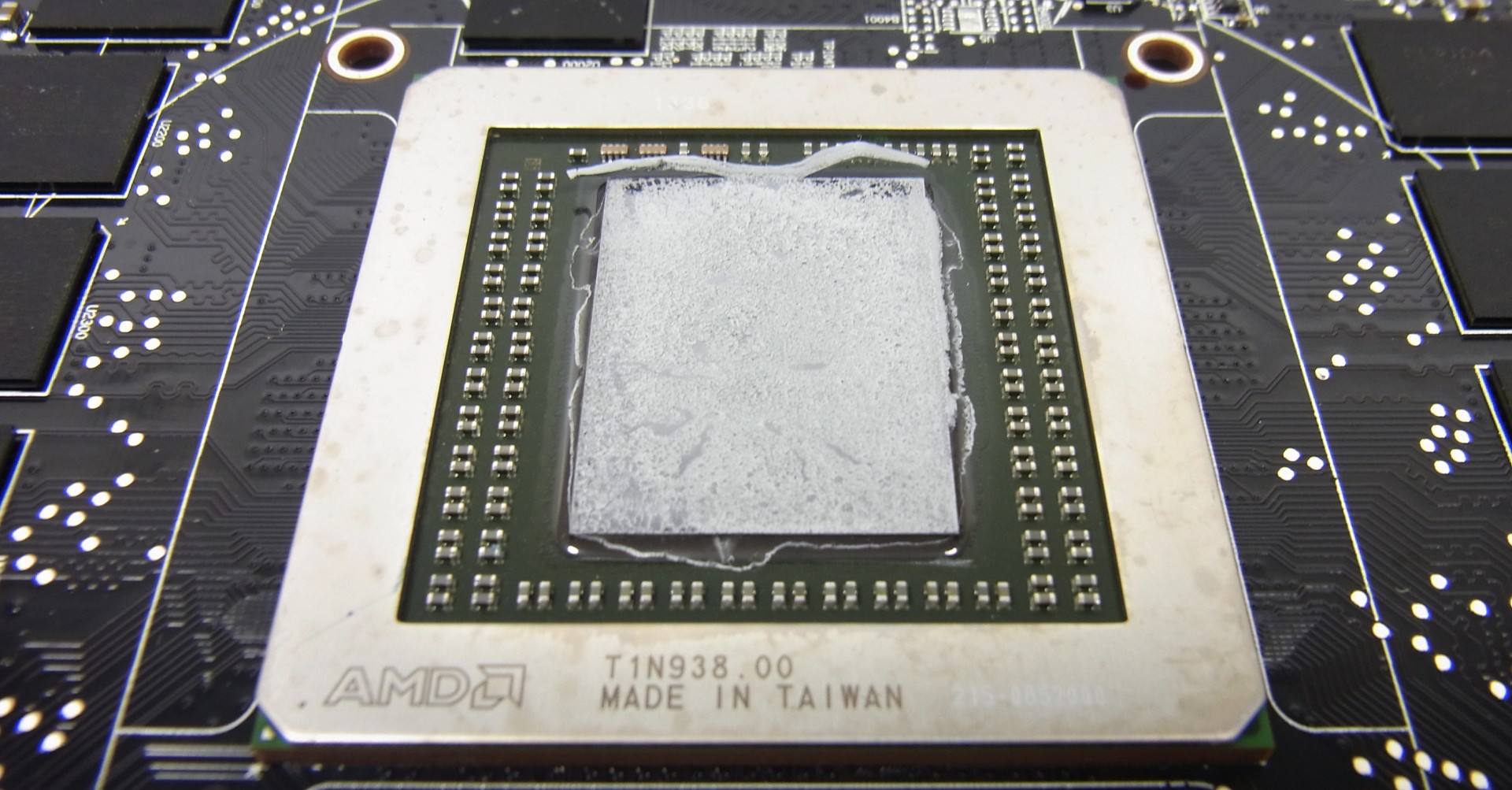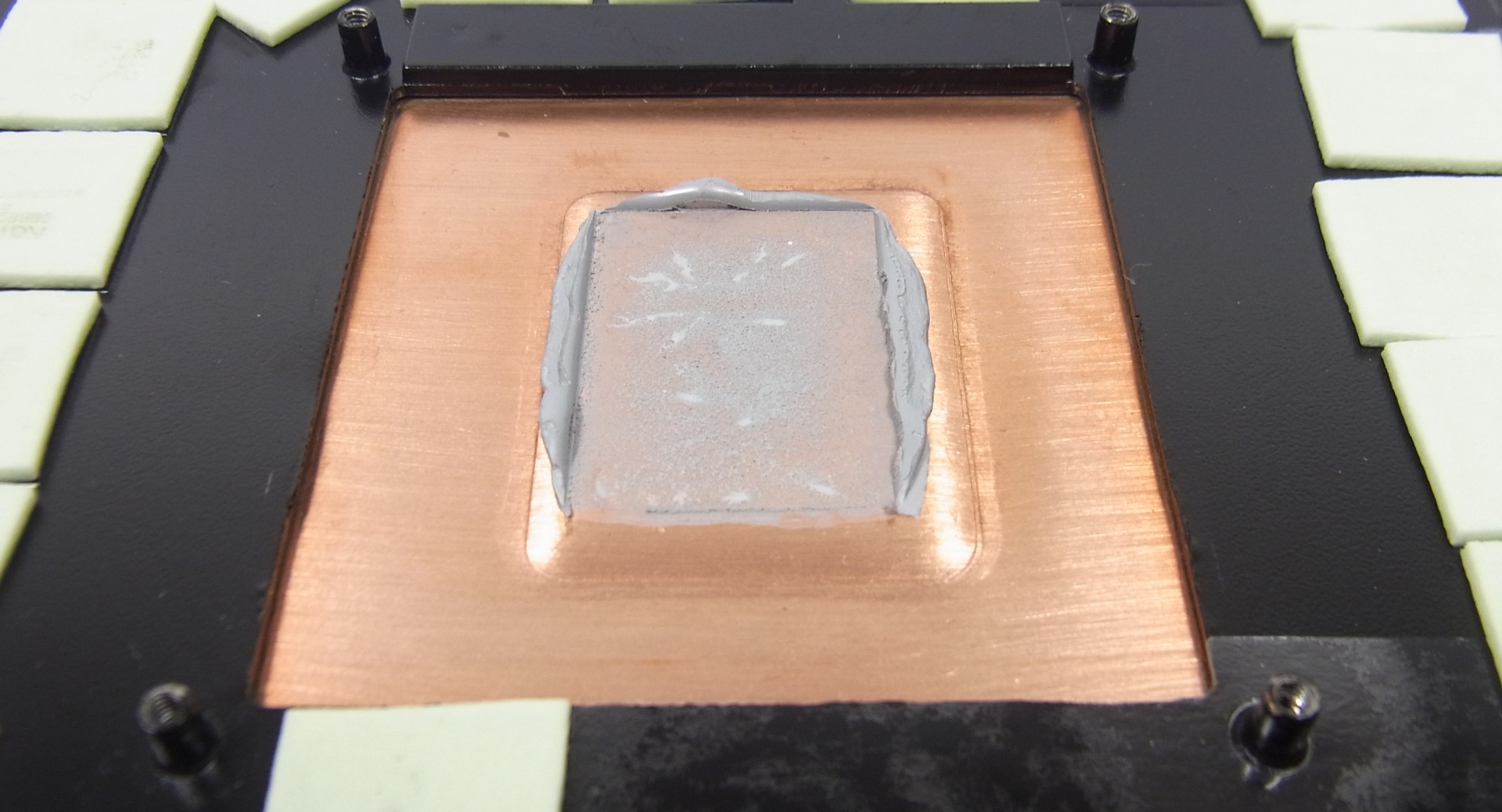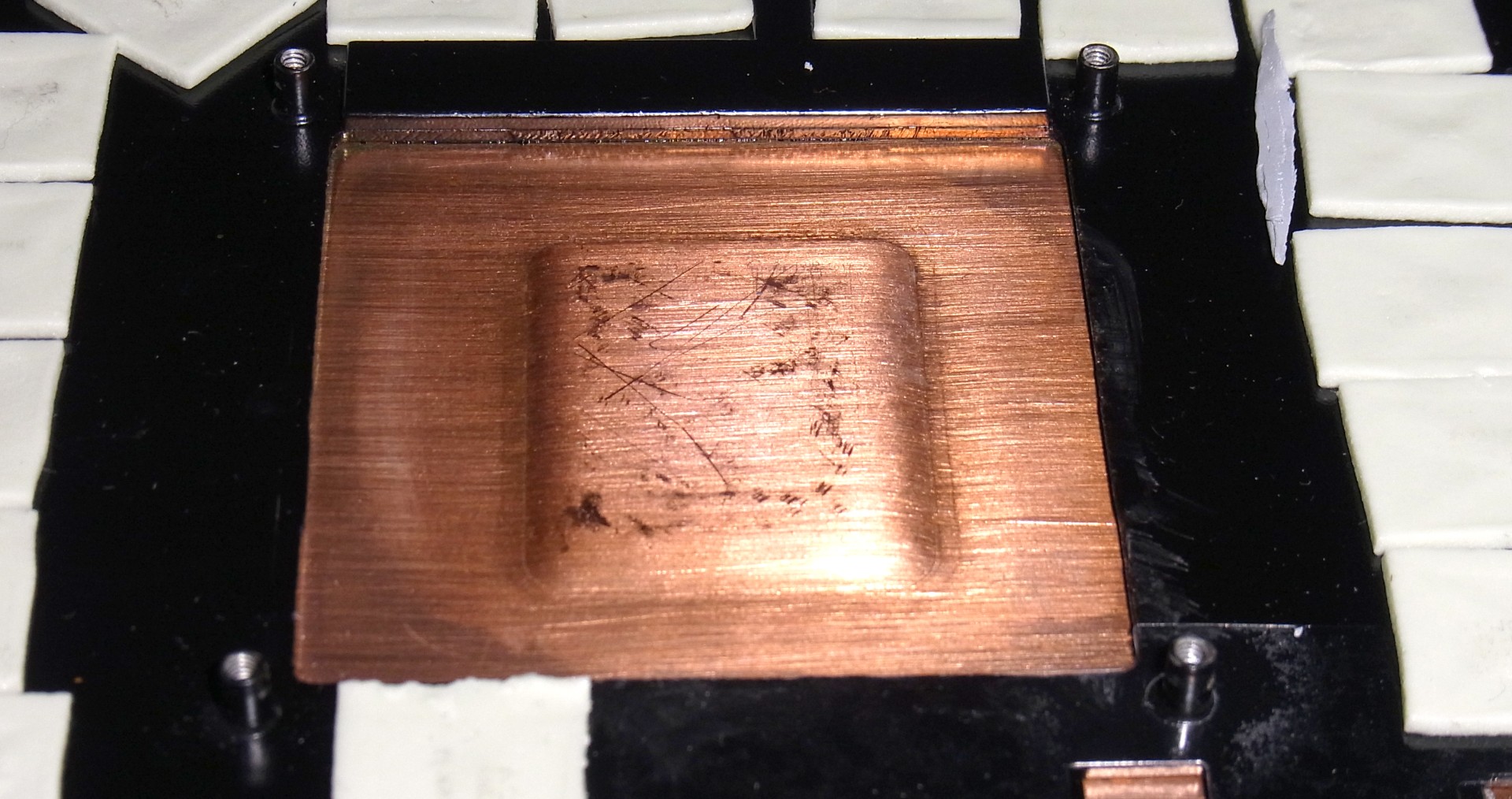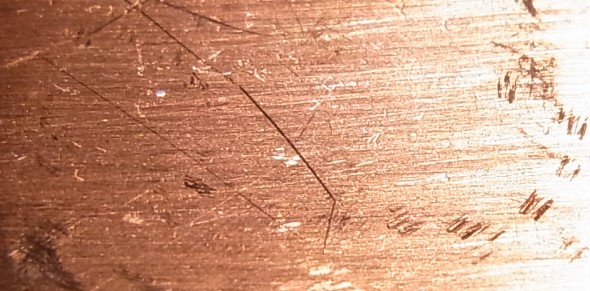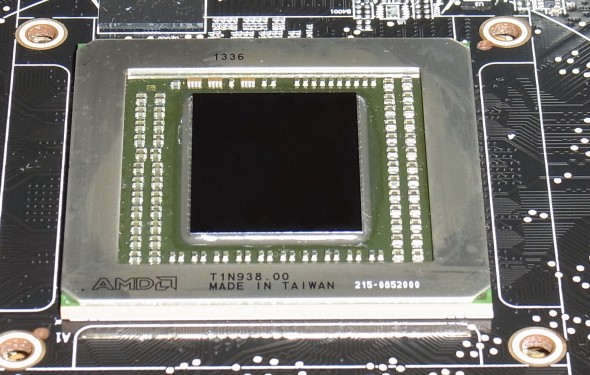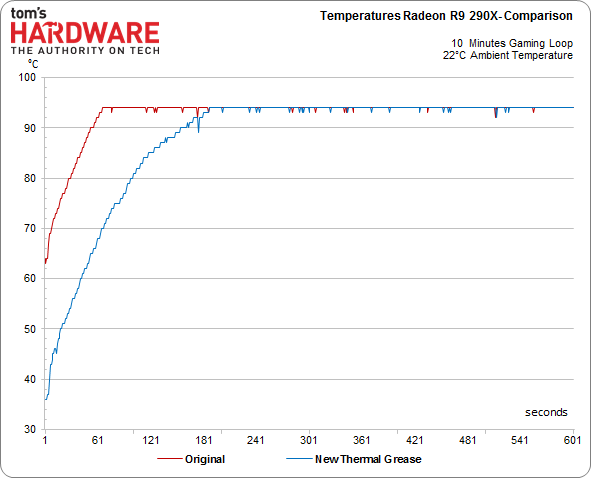Tuning Radeon R9 290X: Replace The Thermal Paste For More Efficiency
After receiving an enormous amount of feedback on our Radeon R9 290X review, we grabbed yet another retail board, which demonstrated the same performance issues under load as we saw in our earlier investigation. Looks like it's time to disassemble a card!
Take Off Your Top! Radeon R9 290X Gets Naked
In Radeon R9 290X Review: AMD's Back In Ultra-High-End Gaming, we pointed out that the company's reference cooling solution, coupled with the launch drivers, had consistency issues when we looked at GPU clock rates. An enormous amount of feedback poured in, and we followed up with The Cause Of And Fix For Radeon R9 290X And 290 Inconsistency, which identified inaccurate PWM fan control as one source of trouble.
Two questions rose to the top during the subsequent discussion in our forum:
- Is there anything to gain from reattaching the heat sink and maybe replacing its thermal compound?
- Does improving cooling performance help the card run at a higher efficiency level? Is so, pinning our hopes on the partner boards would be entirely warranted.
We ordered yet another retail Radeon R9 290X branded by Gigabyte after already going through Asus and Sapphire cards. None of these three vendors have any control over build quality; they're all purchased from AMD and slapped with a sticker to identify a board partner. That's why none of those three companies can be held responsible for the issues with the cards we're testing. When we asked Gigabyte about modifications made to AMD's reference, the company said that it doesn't change a single thing or replace any of the parts. And that includes messing with the heat sink or fan. Why is this such a big deal? You're going to see in just a second.
In a continuing effort to answer questions, we carefully started to strip down our third retail Radeon HD 290X to expose the bottom of AMD's thermal solution, as well as the graphics card's PCB.
The Hawaii GPU and the heat sink covering by a too-thick layer of thermal grease, resulting in less-than-efficient heat transfer. You might remember our word of caution against this from our thermal paste comparison.
We collected and saved the thermal compound used by AMD from two Radeon R9 290X cards for additional testing. This was enough to cover the surface of a CPU's heat spreader, which makes us doubt that the quantity of paste used on this first round of boards corresponds to what you'd typically expect from mass production. It bolsters our theory that the R9 290X comes from a small batch of hand-assembled boards, and that the application of grease is part of the process.
Removing the paste revealed the heat sink’s scratched and uneven contact surface, which did not exactly match the quality you would expect from a brand new and professionally mounted cooler.
Get Tom's Hardware's best news and in-depth reviews, straight to your inbox.
Take a close look at the nicks on the copper base: It does not seem like these are only pressure marks resulting from the regular mounting process.
Meanwhile, we left a sparkling clean GPU waiting for a new coating of thermal compound. Then we went back to our thermal paste comparison and tapped a couple of our favorite finishers. Innovation Cooling's Diamond "24 Carat" compound was beyond reproach. So, in order to verify our temperature measurements, we decided to take second and third test runs with that one.
Gelid’s GC-Extreme performed just as well as IC's Diamond. It also cost us less and spread more easily over the GPU. This also applies to Cooler Master's X1 Extreme Fusion. Due to the fact that both Hawaii-based graphics card shoot for high target temperatures, there's no way to distinguish whether one is superior to the others thermally. But we did observe that power consumption and average performance were roughly the same across all of those aforementioned aftermarket compounds. So the following results were collected using Gelid’s GC-Extreme.
Watching Temperatures Rise
There is a significant difference between using AMD's stock thermal grease and the Gelid GX-Extreme. It took us three minutes, instead of just 60 seconds, to push the Radeon R9 290X to its 94 °C limit. Also, Power Tune operated less restrictively.
We're going to show the incredible impact this has on the card's power consumption and efficiency by setting the Radeon R9 290X to its Quiet mode firmware setting, rather than the ear-battering Uber BIOS.
Current page: Take Off Your Top! Radeon R9 290X Gets Naked
Next Page Power Consumption: Before And After
Igor Wallossek wrote a wide variety of hardware articles for Tom's Hardware, with a strong focus on technical analysis and in-depth reviews. His contributions have spanned a broad spectrum of PC components, including GPUs, CPUs, workstations, and PC builds. His insightful articles provide readers with detailed knowledge to make informed decisions in the ever-evolving tech landscape
-
Benthon Pretty disappointed to see the surface was so beat up, but still great to see what a little thermal paste upgrade can do.Reply -
Mottamort Great article again, Tom's has released some really informative articles the past few months, keep it up!Reply -
ginjaninja7 Well we wil have to see how the GPU performs with Gigabyte's own Cooling system. :-)Reply -
Crashman Reply
I like blower coolers when they work right, but I can guarantee that no company will produce a 290 with a top-end blower. These companies are just too lame to come up with anything like that. They'll go with triple-fan solutions to appease users who don't care about all the heat that rises up to their CPUs, or simply don't know any better. And Nvidia will remain the only supplier of cards with top-end blower coolers.11962019 said:Well we wil have to see how the GPU performs with Gigabyte's own Cooling system. :-)
-
s3anister "The biggest problem with this is that you void the manufacturer's warranty in the process. "Reply
Yeah, no thanks. The stock TIM should be the best solution already and the fact that it's not is crap either way. If you add in the fact that you need to replace the TIM to get decent results it's total bs. -
Zeh It's clear that AMD, maybe nVidia and their partners aswell, have a lot to learn from TomsH when it comes to details.Reply
The cost savings they would get by deliberately choosing not to do a finishing pass during their machining process, aswell as the badly applied and poor quality thermal grease would SURELY NOT make sense on a flagship aiming to be the best single gpu on the market.
@AMD: Details matter. Especially the low cost, effective ones.
@Crashman: Do you prefer blower type coolers? Correct me if I'm wrong, but dont they trade acoustic performance for getting rid of hot air? -
faster23rd Wow, beating even the 780 ti with that kind of margins and with just (well, it does void the warranty) a change of thermal paste! Goes to show what kind of beast Hawaii is, and it really is up to the board manufacturers now.Reply -
XyzyxRd The condition of the contact point for the GPU is completely unacceptable on a $500 plus card. Under normal handling this sort of damage should never occur. I've run both AMD and Nvidia cards and this sort of disclosure will make me think twice before seriously considering an AMD card for future builds.Reply -
rwinches Ok but how did the board perform with the new paste and not in quiet mode?Reply
Because even if it offended your sensitive ears would it have an effect on reaching the 94C limit?


